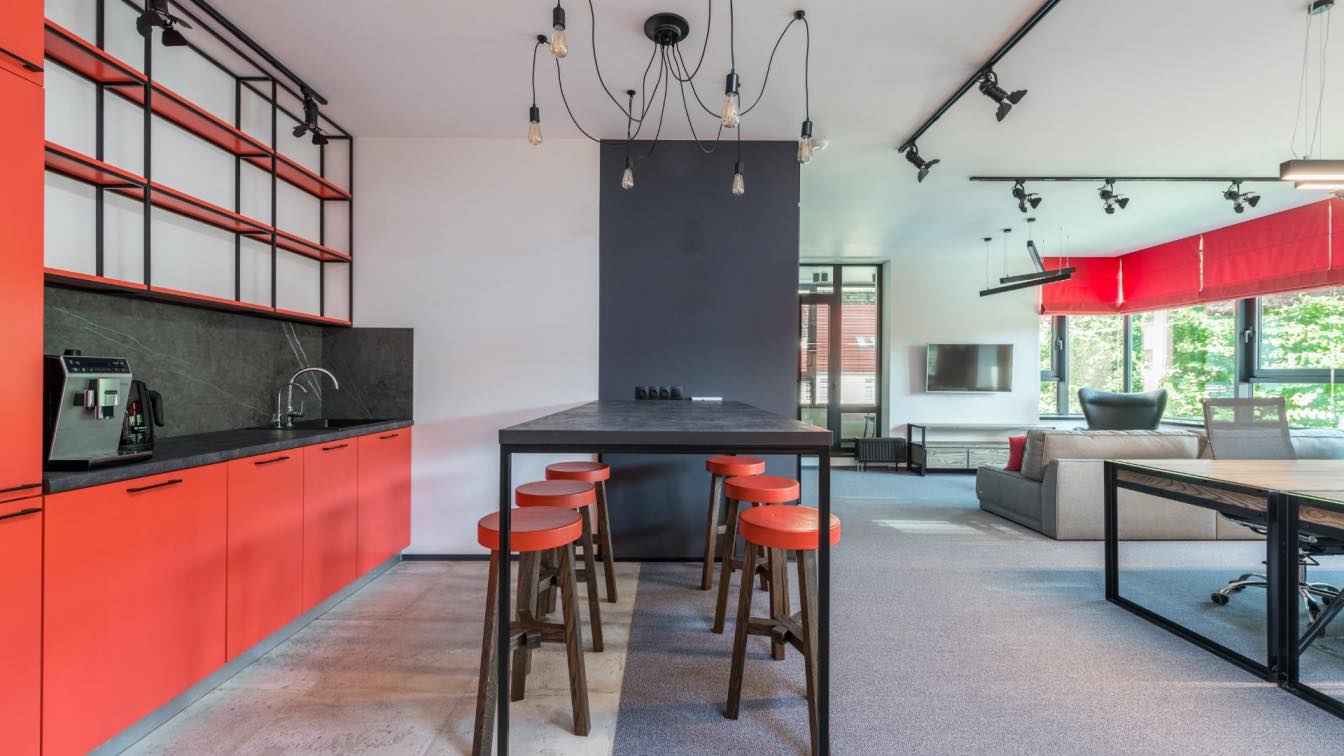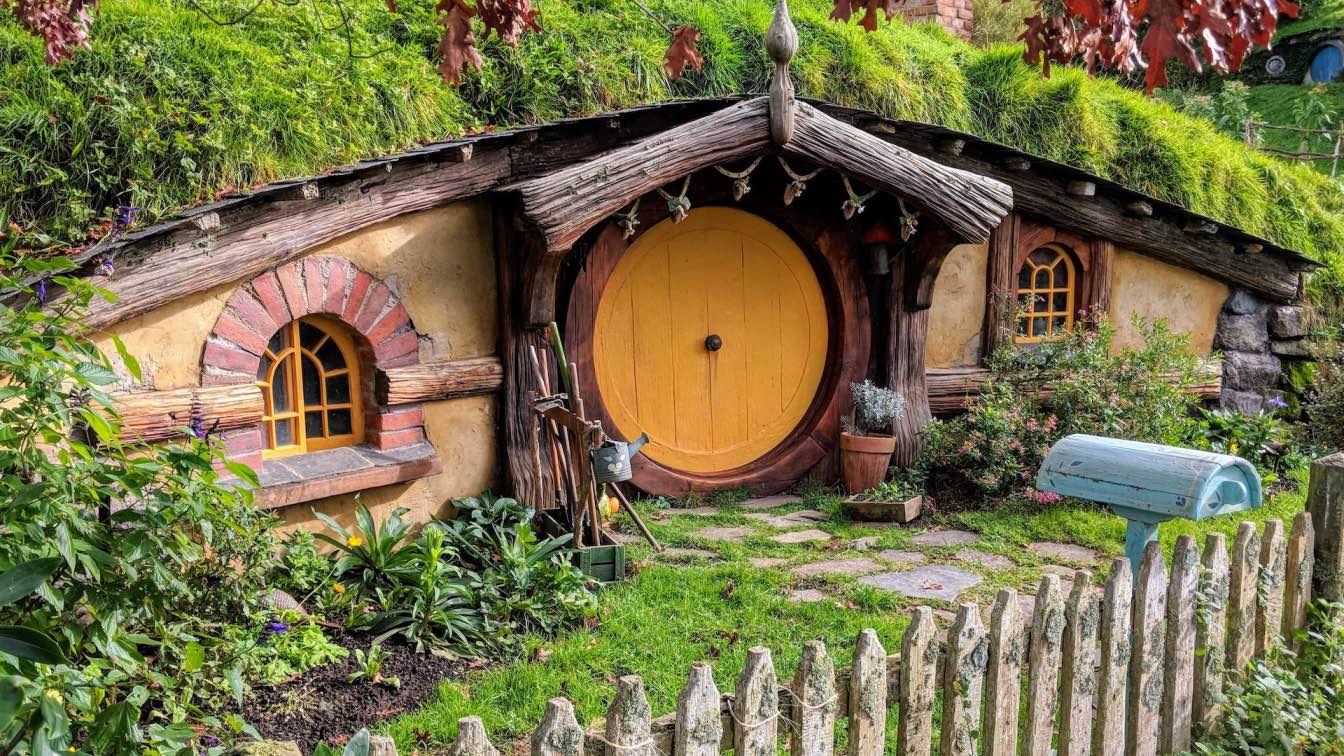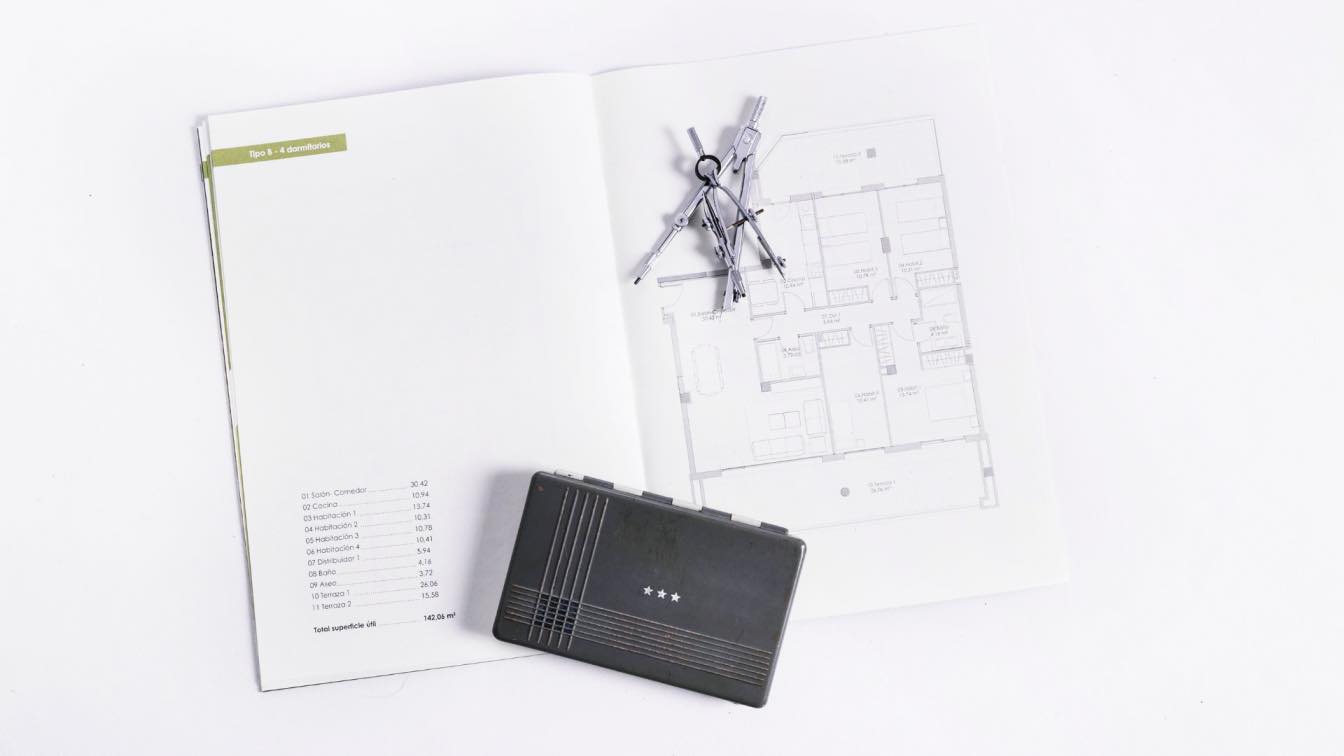It's often said that colors affect the way we feel and behave. But does this also apply to our home interiors? Can the colors of a kitchen impact your mental health in any way? The answer is yes— your kitchen colors can powerfully affect your mood, stress levels, and overall well-being.
In this article, we'll discuss the evidence suggesting color influences mental health, explore how colors affect people differently, and look at ways to use color to create a healthier kitchen space. From calming white kitchen cabinets to energizing blue and black cabinets, let's get into it!
The Connection Between Colors and Moods
It has long been thought that the colors around us can impact our moods. Studies have shown that different colors can evoke different emotions in people. For example, red has been shown to increase excitement and energy, while blue has been shown to promote relaxation and calmness.
While there is still much research in this area, it seems clear that the colors we are exposed to daily can impact our mental health. If you want to create a calm and relaxing environment in your home, consider using cool colors like blue or white.
To energize your space, consider using warmer colors like red or yellow.
The kitchen has traditionally been the heart of the home. It's a place to cook, eat, gather, and relax. It's also a place to make memories. For many people, modern white kitchen cabinets add a touch of sophistication and elegance to the room.
The Impact of Warm Colors
Warm colors are those that are typically associated with warmth, energy, and stimulation. These colors include red, orange, and yellow, and they have been found to have various psychological effects on individuals.
 Arquite, Noida: Redefining Openness and Transparency in Office Spaces. Image © Latendyu Nayak, Comdez
Arquite, Noida: Redefining Openness and Transparency in Office Spaces. Image © Latendyu Nayak, Comdez
Examples of Warm-Colored Interiors and Their Effects on Mental Health
Red is a color that is often associated with energy, passion, and intensity. It has been found to increase heart rate and blood pressure, making it an effective color for creating a sense of urgency or excitement. However, red can also be overwhelming and cause feelings of anger or stress in some individuals.
Orange is a color that is often associated with creativity, enthusiasm, and warmth. It can create a sense of comfort and promote social interaction. However, too much orange can be overwhelming and cause feelings of restlessness or anxiety.
Yellow is a color that is often associated with happiness, energy, and optimism. It can promote feelings of positivity and improve mood. However, too much yellow can cause feelings of frustration or anxiety.
How Warm Colors Impact Mental Health
Warm colors can impact mental health in a variety of ways. They can create a sense of energy and stimulation, which can be helpful for individuals who struggle with depression or lethargy. However, warm colors can also be overwhelming and cause feelings of stress or anxiety in some individuals.
When warm colors are used in interior design, they can have a significant impact on the overall feel of a space. For example, a red accent wall in a living room can create a sense of energy and excitement, while an orange kitchen can promote feelings of warmth and comfort. Yellow can be used in a bedroom to create a sense of optimism and positivity.
It is important to note that the impact of warm colors on mental health can vary depending on the individual. Some people may find warm colors to be energizing and uplifting, while others may find them to be overwhelming or stressful. When choosing warm colors for a home's interior, it is important to consider personal preferences and to use these colors in moderation to avoid overstimulation.
The Impact of Cool Colors
Cool colors, including white, green, and purple, are typically associated with calmness, relaxation, and tranquility. They have been found to have various psychological effects on individuals.
 THE NUMBER 6: Redevelopment of Via Alfieri 6 by Gruppo Building / Boffa Petrone & Partners. Image © Piero Ottaviano
THE NUMBER 6: Redevelopment of Via Alfieri 6 by Gruppo Building / Boffa Petrone & Partners. Image © Piero Ottaviano
Examples of Cool-Colored Interiors and Their Effects on Mental Health
White is a color that is often associated with calmness, serenity, and stability. It can lower blood pressure and slow down the heart rate, making it a helpful color for reducing anxiety and promoting relaxation. However, too much white can create feelings of sadness or melancholy.
Green is a color that is often associated with nature, growth, and harmony. It has a calming effect on the mind and body, promoting feelings of balance and stability. Green can also promote creativity and concentration.
Purple is a color that is often associated with luxury, sophistication, and spirituality. It can promote feelings of relaxation and tranquility, as well as creativity and inspiration. However, too much purple can create feelings of frustration or confusion.
How Cool Colors Impact Mental Health
Cool colors can impact mental health in a variety of ways. They can create a sense of calm and relaxation, which can be helpful for individuals who struggle with anxiety or stress. However, cool colors can also create feelings of sadness or isolation in some individuals.
When cool colors are used in interior design, they can have a significant impact on the overall feel of a space. For example, a blue bedroom can promote relaxation and improve sleep quality, while a green living room can create a sense of harmony and balance. Purple can be used in a meditation room to promote feelings of spiritual connection and tranquility.
It is important to note that the impact of cool colors on mental health can vary depending on the individual. Some people may find cool colors to be calming and soothing, while others may find them to be too cold or uninviting.
When choosing cool colors for a home's interior, it is important to consider personal preferences and to use these colors in moderation to avoid creating a space that feels too sterile or uninviting.
Conclusion
In conclusion, the colors used in a home's interior design can have a significant impact on mental health. Warm colors, such as red, orange, and yellow, can create a sense of energy and excitement, while cool colors, including white, green, and purple, can promote relaxation and tranquility. However, the impact of these colors can vary depending on personal preferences and individual experiences.
When choosing colors for a home's interior, it is important to consider the desired mood and atmosphere of each space, as well as the potential psychological effects of different colors. Using colors in moderation and considering personal preferences can help create a space that enhances mental well-being.
We hope you find this article helpful!





